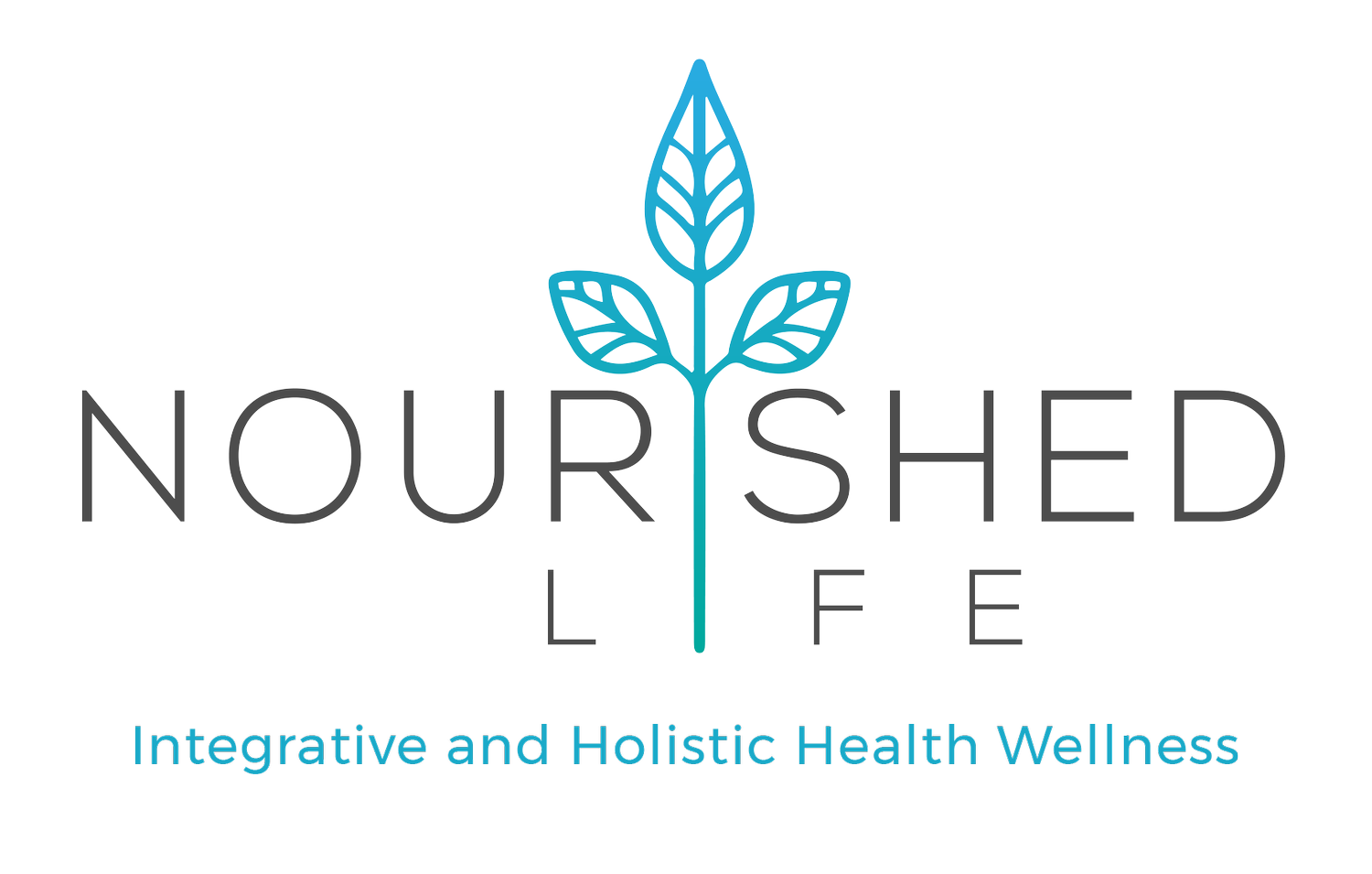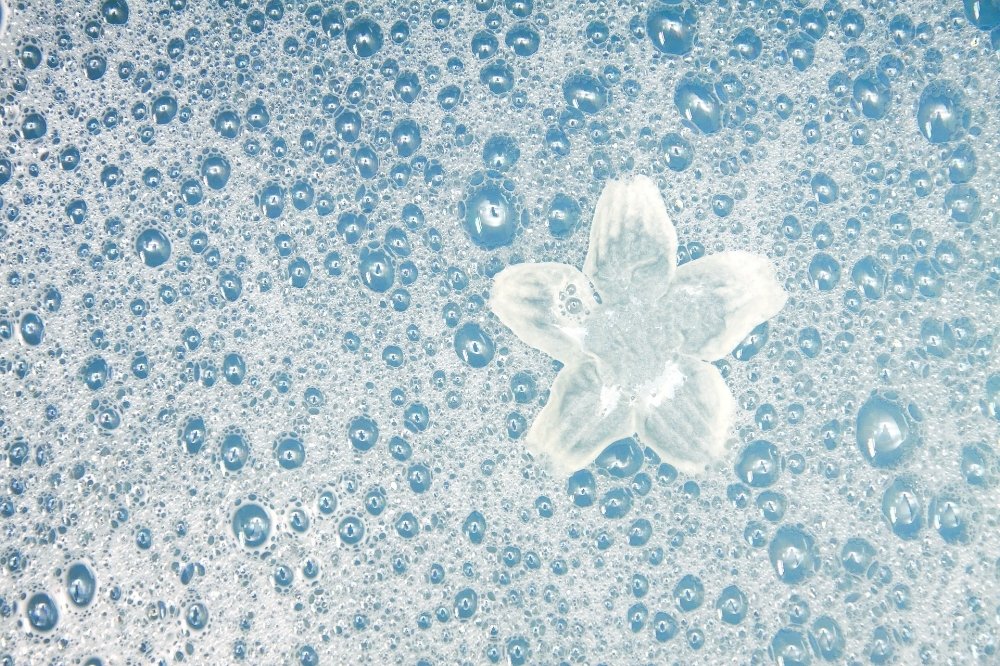Top 5 Clean & Green Skincare Swaps You Should Make
Part of being a woman (or man, for that matter) is that we are inundated with skincare and beauty products that promise to make us forever young and wrinkle-free with the whitest teeth and softest skin in the land. Using some of these products can come at a price, however.
Have you ever looked at the ingredients of your go-to skincare product, toothpaste or body wash? You might see ingredients like parabens, sodium lauryl sulfate and phthalates. Studies show exposure to these ingredients and many others in your basic skin care products can contribute towards cancer, infertility in men, cause damage to the liver, kidneys and other organs, are endocrine (or hormone) disrupting and are environmental toxins. These chemicals and many others are found in everyday products like deodorant, shampoos, body wash and toothpaste.
Some may argue that toxicity is dose dependent and the number of chemicals in your skincare products are minor, but the real problem is long-term exposure to these toxins, like anything else. One cigarette may not give you lung cancer; 15 years of smoking might. Consuming a sugary treat like a cookie once per week may not cause you to gain weight or become diabetic, but consuming large doses of sugary foods and drinks every day could. We can’t forget our skin is our largest organ and readily absorbs whatever we put on it.
There are over 80,000 chemicals being used today (most of which have not been tested for safety and long-term exposure). It makes you wonder why Europe, Canada and other countries have banned the use of 1,300 chemicals in cosmetics, but the U.S. has only banned 11 of those chemicals. It’s impossible to avoid all synthetic chemicals in today’s world, although you can be pro-active by limiting your exposure to toxins and protecting your health, skin and the environment.
You do not have to clear out and replace 100% of your skincare products with non-toxic versions (if you do not want to), but there are some products that are more toxic than others to your health. It’s a great place to start with replacing the higher toxic products below with cleaner versions. I promise the replacements work just as well, if not better in my experience!
1. Deodorant
One of the more toxic skincare products that both men and women put on their bodies is deodorant. The underarm has a direct route to our lymphatic system, which is essential to our immune systems. Most generic deodorants will include ingredients like aluminum compounds, parabens, triethanolamine (TEA) and diethanolamine (DEA) and triclosan.
Aluminum compounds are what is responsible for preventing sweating by clogging your pores. Like most heavy metals, aluminum can affect your hormonal balance, increase your risk of Alzheimer's, and breast cancer in woman and prostate cancer in men.
Natural alternatives
Great list of 10 highly rated natural deodorants here
I personally use Jason Deodorant Aloe Vera and love it, but we are all bio-individual and you have to find what works for you.
You can even make your own here.
2. Shampoo and Conditioner
A few "fun" ingredients you will find in standard shampoos and conditioners are sodium lauryl sulfate, cocamidopropyl betaine (what makes it foam) and triclosan
Sodium lauryl sulfate is also an insecticide (yikes) and has cancer-causing ingredients. Cocamidopropyl betaine is known to cause allergic contact dermatitis for many people. Triclosan can actually accumulate in our fat cells and is a compound-cousin to the Agent Orange Chemical used in the Vietnam War.
Natural alternatives
A decent list of natural alternatives to shampoo and conditioner here.
I use Millcreek Botanicals shampoo and conditioner and love it!
3. Sunscreen
The active ingredients in sunscreen can come in a mineral form or a chemical form. Instead of the Food and Drug Administration reviewing the ingredients for potential hazards, sunscreen ingredients were “grandfathered" in from the late 1970s.
One of the more toxic chemicals in non-mineral based sunscreens is the UV-filter oxybenzone. Oxybenzone is a photocarcinogen and has an ability to attack DNA skills, increase breast cancer risk, cause skin allergies including contact eczema and is an environmental toxin threatening coral reef.
Natural alternatives
A great list of natural sunscreen alternatives can be found here.
I use Alba Botanica which proudly displays "Coral reef safe" on their bottles. (I did notice however, the last ingredient is "fragrance," which is never good, so I might be on the hunt for a new one soon.
4. Toothpaste
Toothpaste is a daily necessity to clean and maintain healthy teeth. The chemicals found in toothpaste (there are a lot) are easily absorbed, and even if you spit most of the toothpaste out, the chemicals can be absorbed into your bloodstream. Some of these chemicals include triclosan, sodium lauryl sulfate (SLS), artificial sweeteners, fluoride, and diethanolamine (DEA).
Fluoride, in particular, has been getting a bad reputation in recent years and for good reason. Over 95% of toothpastes contain fluoride, and the FDA now requires every toothpaste tube that contains fluoride to display a poison label. Fluoride can cause acute poisoning, dental fluorisis (defect in tooth enamel) and impaired glucose metabolism resulting in insulin resistance.
Natural alternatives
You can find a great list of natural alternative toothpaste (that work) here
I use Jason Sea Fresh toothpaste
5. Perfume and Cologne
Most major brands like Ralph Lauren, Calvin Klein and celebrity-branded perfumes like Beyonce's contain almost all toxic ingredients. To protect the brand's secret scent, companies can withhold fragrance ingredients from the public.
That vanilla scent you are really smelling is usually a combination of acetone, ethanol, benzaldehyde, formaldehyde, limonene and methylene chloride. You may not know what any of those are, but they equal bad news when applied to your skin and can disrupt hormone production, reproductive system and potentially contribute to cancer.
Natural alternatives
You can find some chemical-free alternatives here.
I use citrus essential oils. There have been some studies recently that show some essential oils are estrogenic (mimic estrogen in the body). Citrus flavors are excluded from that list.
We live in a beautiful but sometimes toxic world. Luckily, we have some power to avoid constant overexposure to some chemicals by what we eat and put on our body!
Curious how your favorite products/companies measure up? Visit EWG’s Skin Deep to learn if your skincare products are a low hazard or high hazard.


